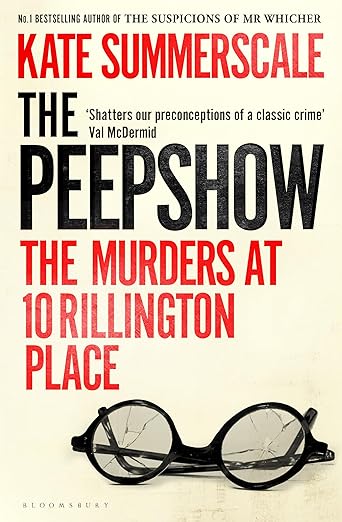Why a Booktrail?
1953: What really happened at 10 Rillington Place?

1953: What really happened at 10 Rillington Place?
London, 1953. Police discover the bodies of three young women hidden in a wall at 10 Rillington Place, a dingy terrace house in Notting Hill. On searching the building, they find another body beneath the floorboards, then an array of human bones in the garden. But they have already investigated a double murder at 10 Rillington Place, three years ago, and the killer was hanged. Did they get the wrong man?
A nationwide manhunt is launched for the tenant of the ground-floor flat, a softly spoken former policeman named Reg Christie. Star reporter Harry Procter chases after the scoop. Celebrated crime writer Fryn Tennyson Jesse begs to be assigned to the case. The story becomes an instant sensation, and with the relentless rise of the tabloid press the public watches on like never before. Who is Christie? Why did he choose to kill women, and to keep their bodies near him? As Harry and Fryn start to learn the full horror of what went on at Rillington Place, they realise that Christie might also have engineered a terrible miscarriage of justice in plain sight.
Rillington Place London
John Reginald Halliday Christie nicknamed “Reg” by acquaintances, was an English serial killer, rapist and alleged necrophiliac[citation needed] active during the 1940s and early 1950s. He murdered at least eight people—including his wife Ethel—by strangling them inside his flat at 10 Rillington Place, Notting Hill, London. The bodies of three of his victims were found in a wallpaper-covered kitchen alcove soon after he had moved out of Rillington Place during March 1953. The remains of two more victims were discovered in the garden, and his wife’s body was found beneath the floorboards in the front room. Christie was arrested and convicted of his wife’s murder, for which he was hanged.
Christie was born 8 April 1899 – and died by hanging 15 July 1953
Destination/location: London Author/guide: Kate Summerscale Departure Time: 1953
Back to Results